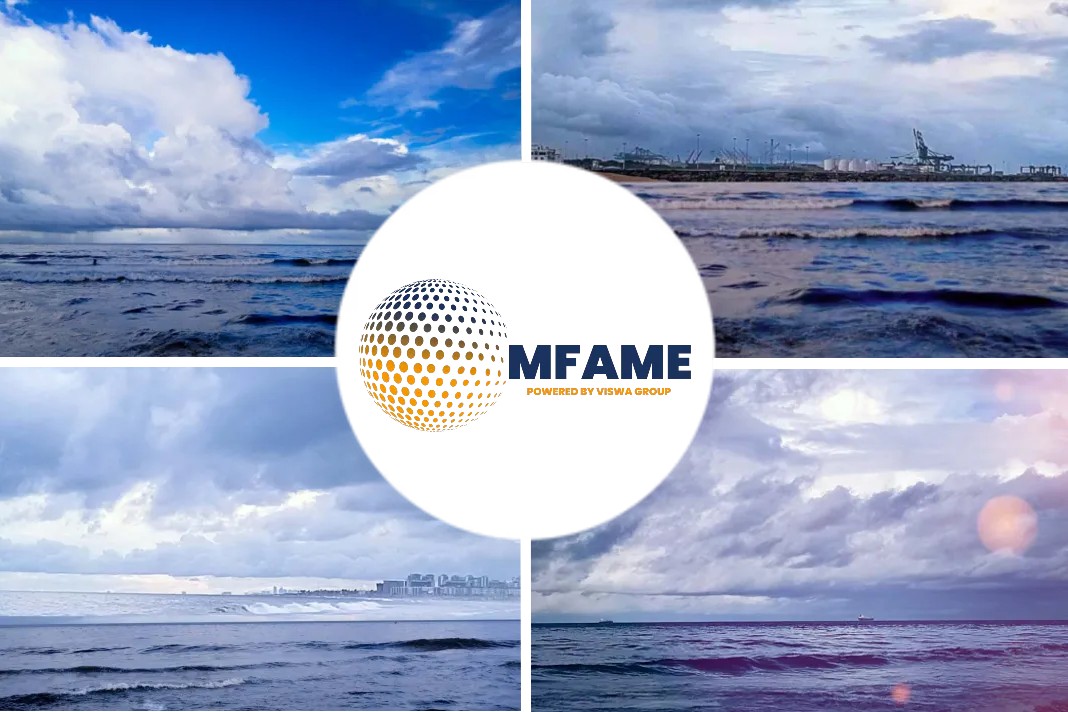For a lesson in how liquefied natural gas is radically reshaping the global energy market, consider the tale of a ship due in Boston on Tuesday. The huge Gaselys tanker is being closely tracked by energy traders, since its arrival would mark the first imports into North America that includes gas from a project in Russia subject to U.S. sanctions. The journey, delayed by weather, could raise questions about where America gets its fuel.
1. Doesn’t the U.S. produce all the natural gas it needs?
Not quite. While the U.S. is the world’s biggest natural gas producer — and is now also a net exporter of the fuel, thanks to its shale gas boom and the start of exports from the Gulf Coast in February 2016 — New England is still dependent on LNG brought in on ships for almost 10 percent of its needs, mainly in winter for use in heating, according to the State Department. LNG, which is gas cooled to minus 260 degrees Fahrenheit (minus 162 degrees Celsius) so it takes up 1/600th of the volume, can’t be shipped in from new export terminals on the Gulf of Mexico. That’s because none of the world’s fleet of almost 500 tankers meets the requirements of the 1920 Jones Act, which mandates that vessels moving between U.S. ports be built and registered in the country, and crewed by Americans.
2. What’s the status of the Gaselys shipment?
French energy giant Engie SA bought the cargo to meet high gas demand during freezing weather earlier this month in the northeast U.S. (Since the ship set off from London three weeks ago, natural gas prices in the northeast U.S. have fallen from record levels.) Although it’s not unheard-of for the U.S. to receive gas from Europe — Norway has previously sent LNG to the U.S. — this would be the first time that the U.S. imported a cargo from northwest European storage tanks, some of which undoubtedly came from the $27 billion Yamal LNG plant Russia started a month ago. The Gaselys tanker changed course last week and delayed its date of arrival for weather reasons, according to Engie.
3. How much Russian gas is in the shipment?
It’s hard to know. The actual molecules were a mix of gas of varied provenance, coming as they did from a storage tank in the U.K. that also contained fuel from Algeria, Trinidad and Tobago and Qatar, among others. What we do know is that Engie bought the cargo from Petroliam Nasional Bhd and that the Malaysian company in turn bought it from Yamal LNG operator Novatek PJSC. It was the first cargo from the Siberian plant.
4. So why didn’t it come straight from Siberia?
Because Yamal LNG is the northernmost plant producing the fuel in the world, with no sun for two months of the year and temperatures that can drop to minus 50 Celsius (minus 58 Fahrenheit), it had to build the world’s first ice-breaking LNG tankers able to sail through more than 2 meters (6.5 feet) of ice. The fuel is transshipped onto cheaper conventional vessels in northwest Europe at terminals with the facilities to do so, including the Isle of Grain near London. The ice-class tanker Christophe de Margerie picked up the first cargo for delivery to storage tanks. The first vessel of its kind is named after the colorful former Total SA chief executive officer who died in 2014 when his plane crashed into a snowplow at Moscow airport.
5. Is Russian LNG likely to come to the U.S. in the future?
Possibly, As long as prices are high enough in Asia to offset increased shipping costs in the winter, cargoes from Yamal will likely go there. Novatek has a contract with Engie for supplies from the project, which are for the Montoir terminal in western France but are not restricted by destination, meaning the French company may send them elsewhere, including its Everett terminal near Boston.
6. What about U.S. sanctions on Russian energy?
The U.S. in 2014 imposed financial sanctions on a number of Russian energy projects, including the Yamal LNG project, due to the nation’s role in the Ukrainian crisis. The restrictions forced Novatek to re-think funding options for the project, and the company banned its deputy chief executive officer, Mark Gyetvay, from working on the financing deal as he is a U.S. citizen. The project succeeded despite the sanctions. As far as the cargo on the Gaselys is concerned, Engie said the fuel is compliant with all U.S. trade laws.
7. What does this signal for the future?
It may seem odd that the U.S. is importing gas at the same time that it’s on its way to becoming one of the world’s biggest exporters. But what the shipment highlights is that thanks to a global boom in LNG production, natural gas is on the verge of becoming a truly global commodity unbound by the physical constraints of pipelines.
Did you subscribe for our daily newsletter?
It’s Free! Click here to Subscribe!
Source: Washington Post, By Rob Verdonck and Anna Shiryaevskaya
















